Oh no, it is happening again! One minute you are fine, the next you’re fumbling and stumbling down the hallway with poor balance because the room has started spinning. Vertigo is the medical term for a patient’s sensation of spinning with often accompanying dizzy spells, nausea, vomiting, and trouble with balance. While there are many causes of vertigo, two of the more common respond very well to chiropractic treatment:
Benign paroxysmal positional vertigo (BPPV)  results from improper positioning of the tiny calcium particles (termed canaliths) in the inner ear. The inner ear is largely responsible for communicating information with the brain about head and body movements to help maintain the body’s position and balance.
results from improper positioning of the tiny calcium particles (termed canaliths) in the inner ear. The inner ear is largely responsible for communicating information with the brain about head and body movements to help maintain the body’s position and balance.
Cervicogenic vertigo is dizziness that is accompanied by neck discomfort or pain. In cervicogenic vertigo, subluxations in the cervical spine along with inflammation and over-active musculature hinder the relaying of sensory information to the brain and inner ear which can result in dizziness and a loss of balance.
So what can you expect from your chiropractic visit? First, the chiropractor will obtain a detailed history to obtain a better understanding of what may be causing the vertigo and associated symptoms. Secondly, a thorough exam will be conducted to rule out other, more serious causes of vertigo to ensure you receive the proper treatment. During the exam, the chiropractor may perform a procedure called the “Dix Hallpike” maneuver in which the patient is placed into different positions to see what movements provoke the vertigo. This will provide a strong indication for which type of vertigo you are experiencing depending on the results.
Treatment will vary on which type of vertigo is diagnosed and the potential cause. For those experiencing BPPV, the Epley Maneuver will be performed which strives to return the canaliths back to their correct position within the inner ear. The Epley Maneuver involves laying the patient on one’s back with the head slightly extended.
The head is then rotated to one side while the rest of the body is moved in different positions eventually returning to an upright, seated posture. The patient may experience the vertigo symptoms during the procedure and can ask to stop at any time during the visit. Patients with either BPPV or cervicogenic vertigo will be adjusted in the cervical spine and receive muscle work as well. There are take home exercises that may also be implemented to help maintain the progress made between visits.
If you or someone you know is struggling with vertigo consider giving Watkins Family Chiropractic a contact us to set up an assessment. Dr. Josh and Dr. Aaron all have experience working with patients suffering from vertigo. Life is too busy to be hindered by dizziness and trouble balancing; visit one of our chiropractors in Savage, MN today!

